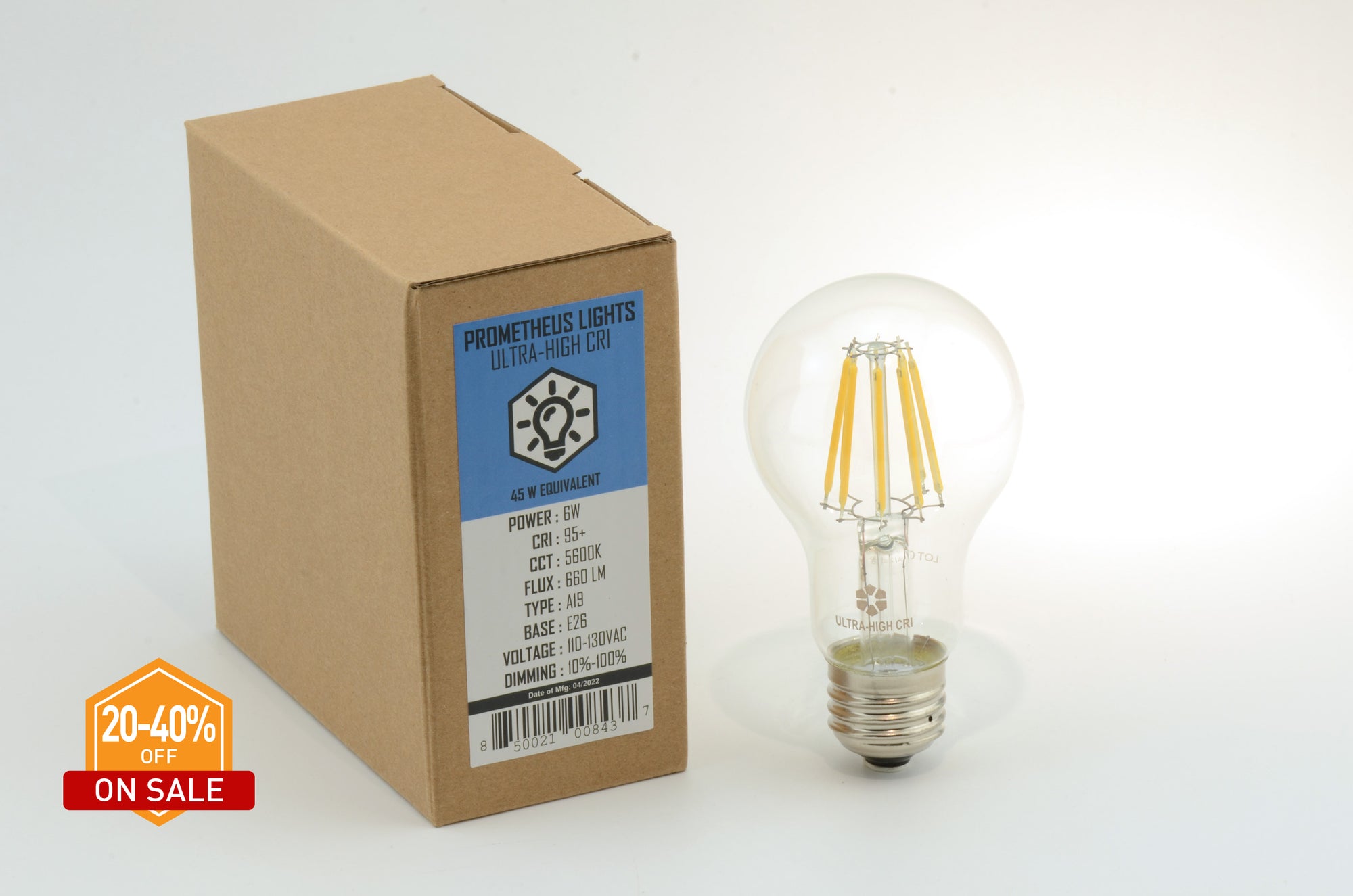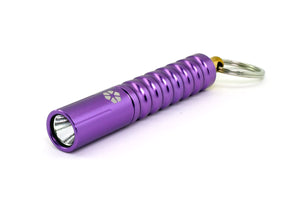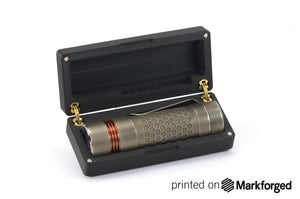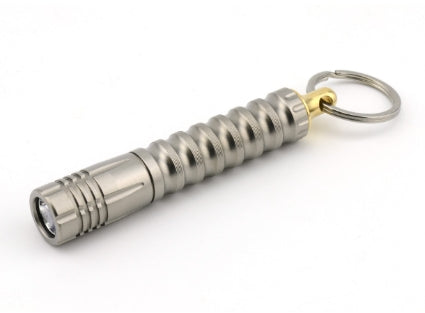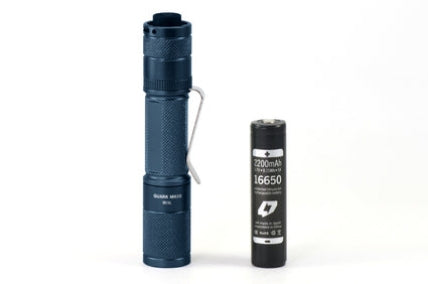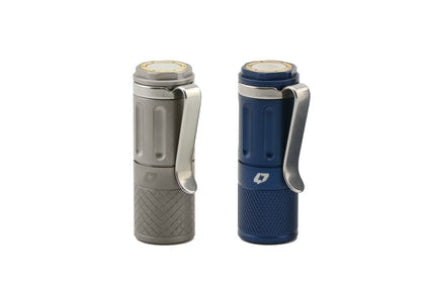LED A19 Filament Bulb (ultra-high cri)
These bulbs are slightly more compact your "standard" size lightbulb. The glass globes are best suited to exposed fixtures where cosmetic appearance is important, or where you don't need maximum output (a lot of bulbs in a single fixture).
The Filament Bulbs are lower output than our A60 Ultra Bulbs and emit light in a 320* spherical pattern like a standard lightbulb.
{"name":"Quantity","position":1,"values":["2 Pack (20% off)","6 Pack (30% off)","12 Pack (40% off)"]}
{"name":"Color Temperature","position":2,"values":["5600k"]}
{"name":"Quantity","position":1,"values":["2 Pack (20% off)","6 Pack (30% off)","12 Pack (40% off)"]}
{"name":"Color Temperature","position":2,"values":["5600k"]}
I finally found my "grail" bulb and I'm sharing it with you! These bulbs have the best color rendering of anything I tested. They hit especially hard in the "R9" CRI measure that correlates to saturated reds. This is the exact measure where all other bulbs fall short. In some cases they fall short of desireable, and in other cases they fall short of their false claims.
"Warm White" bulbs (discontinued) (2700K) are the same color temperature as incandescent, so it's a natural transition. Warm white is best suited to living and sleeping spaces because of the warm atmosphere and low blue-light content.
"Daylight White" bulbs (5600K) meet the "daylight balanced" film standard. Daylight white is best suited to active or work-related spaces because the blue-light content helps keep you energized.
Science shows that blue light can have negative effects on sleep. Two points here. First, you really shouln't have cool white bulbs on at night...because that's when you go to sleep. Second, these bulbs also have the lowest blue light emission of any bulb I tested. Some of that comes down to engineering, the rest comes down to: blue light is what makes a light "cool" so you have to have a warm bulb to lower the blue emission.
I spent 18 months testing everything on the market in search of perfection because I wanted great bulbs for our home. I tested dozens of bulbs from wierd Amazon brands and multinatinonal "household" brands alike. None of them lived up to the hype. The bulb market is like the flashlight market. Especially those dodgy brands, they just lie to get your money. How do you know I'm not hyping my own product? Look at the numbers. They don't lie.
So I went to one of the best High CRI technology companies in the world and we put their product into a fillament bulb. And this filament bulb is absolutely the best there is. There, I did all the work for you! No need to waste your own time and money trying to navigate all the BS and hype out there.
Quantity Breaks:
- 2x - The Skeptic : I get it. I'm often skeptical too, but the two pack is a great way to test the waters. Don't take my word for it, try them for yourself.
- 6x - The Convert (10%off) : You're pickin' up what I'm putin' down! Thank for giving this a try. You probably have other LED bulbs, but these will knock your socks off.
- 12x - The Believer (20% off) : You are all in and that's a good move. You must know me well enough...to know I wouldn't bother unless these were really the best.
2) No loss of CCT when dimmed: These bulbs maintain their CCT over the entire dimming range unlike some products that change CCT when dimmed.
At this point, if other CCT options were available, I wouldn't choose them. Maybe some exceptions, but lighting in a home is room specific. If I can sell a lot of bulbs they can make them all the way up to 6500K and maintain 95+ CRI...but the best choice for your home is 2700K. Read on. COOL LIGHTING IN YOUR HOME ISN'T HEALTHY - MODERN RESEARCH SHOWS BLUE LIGHT ISN’T GOOD FOR YOU, ESPECIALLY AT NIGHT.
1) Blue light suppresses melatonin production, the chemical that tells your body it’s time to sleep. Just ask Harvard. Don't believe Harvard? I can't do much for you.
2) Bright light (of any color) also has the same (but lesser) effect. This is why dimming is important. Either that or use a lower power bulb...which makes these 45W equivalent bulbs perfect in both situations.
3) If you are in your house...and it’s dark enough to require light...bedtime isn't far away...follow my logic? So if you want to sleep well, you should NOT be using cooler color temperatures in your home unless it’s in the garage or a work space that is used during the day. LIGHTING DESIGN 101:
2700K is warm color that professional lighting designers use to give environments an inviting ambiance. Cooler temperatures are only used in commercial and retail spaces to energize you. Also prisons. Do you want to live in a cozy home or a prison cell? 1) Don't use cool white in rooms where you spend time before bed: Many people these days are putting cooler bulbs into their homes...and you really should NOT be doing this...with a few exceptions mentioned above. I know, you've already done it and you feel like arguing. I felt the same way, until I tried it. Now I can't stand cool white bulbs.
2) Brighter is not better: Cooler bulbs are perceived by consumers as brighter...and everyone understands “bright” so this is the specification they gravitate to. It's also the spec that companies choose to market, so it's understandable. Now you know better and you won't be misled.
3) There are too many consumer bulb temperatures: warm white, soft white, daylight white, cool white. Oh man, I'm getting dizzy. Forget about it. Use (2700K) in your home. Consider cooler/brighter white (for your garage or a work space...and that's it.
2) Less Heat = Longer Life: Lower power means less heat, and less heat makes bulbs last longer. Remember all those claims about LED bulbs lasting 10K, 30K, 50K hours? Yeah, not once you put a high output bulb into a light fixture that traps all of the heat. These 6W(45W equivalent) bulbs run warm to the touch, but you can easily hold one that's been on for an hour. Even a 10W(60W equivalent) LED bulb will burn you. Touch a 45W or 60W incandescent and you are cooked.
1) The red line in the spectrum (images 2-6) shows a comparison to the Prometheus bulb profile.
2) Note blue light levels comparted to our bulb (blue arrow)
3) Note R9 Values listed in the CRI chart (red arrow)
4) Note accuracy of peak wavelength. Bulbs that peak in the yellow or gren areas will look unnatural yellow or green in use. (white vertical line)
5) Note "Rf, skin" values in the TM30 charts (lots of colored lines). The "Rf, skin" value is the accuracy index for rendering skin tones.
-
voltage110V US ONLY
-
wattage6W (45W equivalent)
-
sizeA19 (E26 Base)
-
CCT and CRI2700K @ 95+ CRI
5600K @ 95+ CRI -
output600 lumens (2700K)
660 lumens (5600K) -
Dimmable10%-100%
-
where it's made

